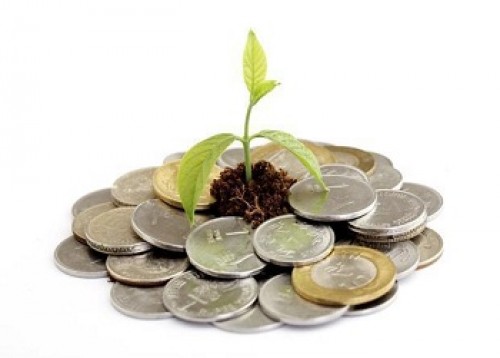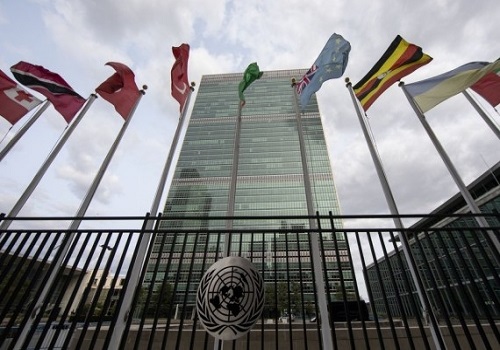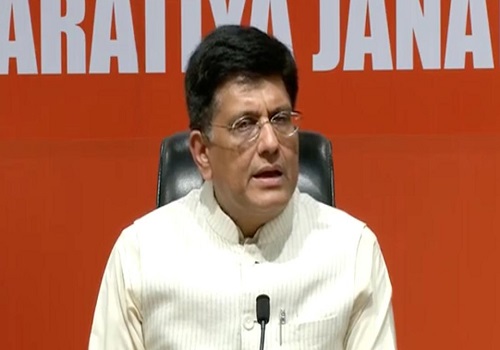Faster import growth widens trade deficit to $13bn in Feb`21 - ICICI Securities

Follow us Now on Telegram ! Get daily 10 - 12 important updates on Business, Finance and Investment. Join our Telegram Channel
Faster import growth widens trade deficit to $13bn in Feb ‘21
Trade deficit widens to $12.6bn in Feb 2021: India’s trade deficit widened to $12.6bn in Feb ’21 up from $10.1bn in Feb ’20, although lower than $14.5bn in Jan ’21. The main reason for widening trade deficit was faster pick-up in imports compared to exports. Imports grew 7% y/y to $40.5bn in Feb ’21 compared to just 1% y/y growth in exports to $27.9bn. In sequential terms imports declined 3.4% while exports grew 1.8%. Total imports and exports during Apr–Nov FY21 stand at $341bn and $256bn respectively.
* Expect trade growth to pick up in coming months: World trade contracted sharply from Mar ’20 due to Covid-19 related lockdown. As we complete 1 year of the beginning of lockdowns, low base effect is automatically expected to push up trade growth. Apart from purely statistical effect, US stimulus and vaccine rollout is likely to boost global growth and trade. On 9 Mar ’21, OECD hiked its global growth forecast to 5.6% in 2021, sharply up from 4.2% as recently as Dec ’20. Hence, the double-push from faster economic growth and low base effect is likely to push up trade in coming months.
* Share of oil and non-oil deficit broadly equal in total deficit: In line with longterm trend, the shares of oil deficit and non-oil deficit were broadly equal in total deficit. Oil imports and exports came in at $8.99bn and $2.51bn respectively, taking oil deficit to $6.48bn. On the other hand, non-oil imports and exports stood at $31.6bn and $25.2bn respectively, taking non-oil deficit to $6.4bn.
* Petroleum, engineering and electronic goods drag overall export growth: In Feb ’20, total exports growth stood at just 3.3% and fell further to 0.7% in Feb ’21. The biggest contributors to this deceleration were petroleum, engineering goods and electronic goods which collectively shaved off ~250bps from total exports. On the other hand, healthy growth in agriculture + plantation and ores & minerals provided support. India’s pharma exports continued to record robust growth during the pandemic. In Feb ’21, pharma exports grew 15% recording 10th consecutive doubledigit growth since May ’20. During FY21, pharma exports growth is expected to come in at ~16%, almost doubling from the 9% growth seen in FY20.
* Core exports grow 6%; labour-intensive exports contract 7%: Core exports (excluding petroleum and gems & jewellery) grew 6% y/y to $22.5bn. Stronger growth in core exports compared to headline exports shows better underlying demand for India’s exports, adjusting for commodity and luxury items. On the other hand, labour intensive exports (leather + gems & jewellery + textiles) contracted 7% y/y on an already low base of -11% in Feb ’20. Worryingly, barring a couple of months of modest positive growth, labour-intensive exports have been in contraction mode continuously since Apr ’19.
* Imports grow 7% aided by gold, electronic goods, chemicals: India’s gold imports jumped 124% y/y in Feb ’21 to $5.3bn, more than doubling from long-term trend of monthly gold imports of ~$2.5bn. This comes on the back of gold imports of $4.5bn in Dec ’20 and $4bn in Jan ’21. The renewed interest in gold could be due to sharp price correction. Gold prices now are trading ~Rs 12,000/10g below their August ’20 highs. Vaccination rollout, US stimulus, and expectations of faster economic growth are reducing gold’s attractiveness as an asset class. Electronic goods imports are also normalising after declining sharply during H1FY21.
* Capital goods imports flat; non-oil non-gold imports grow 6%: Capital goods imports (base metals + machinery + transport goods + project goods) which indicate investment activity in the country, remained flat at ~$8bn. During Apr – Feb FY21, capital goods imports have contracted 27% y/y indicating weak investment activity. Non-oil non-gold (NONG) imports grew 6% in Feb ’21, indicating the strong support provided by gold to total import growth. Lower-than-headline NONG import growth also indicates that domestic economic activity is not as strong headline numbers suggest.
To Read Complete Report & Disclaimer Click Here
For More ICICI Securities Disclaimer https://www.icicisecurities.com/AboutUs.aspx?About=7
Above views are of the author and not of the website kindly read disclaimer





.jpg)




Tag News

Monthly Debt Market Update, September 2023: CareEdge Ratings













